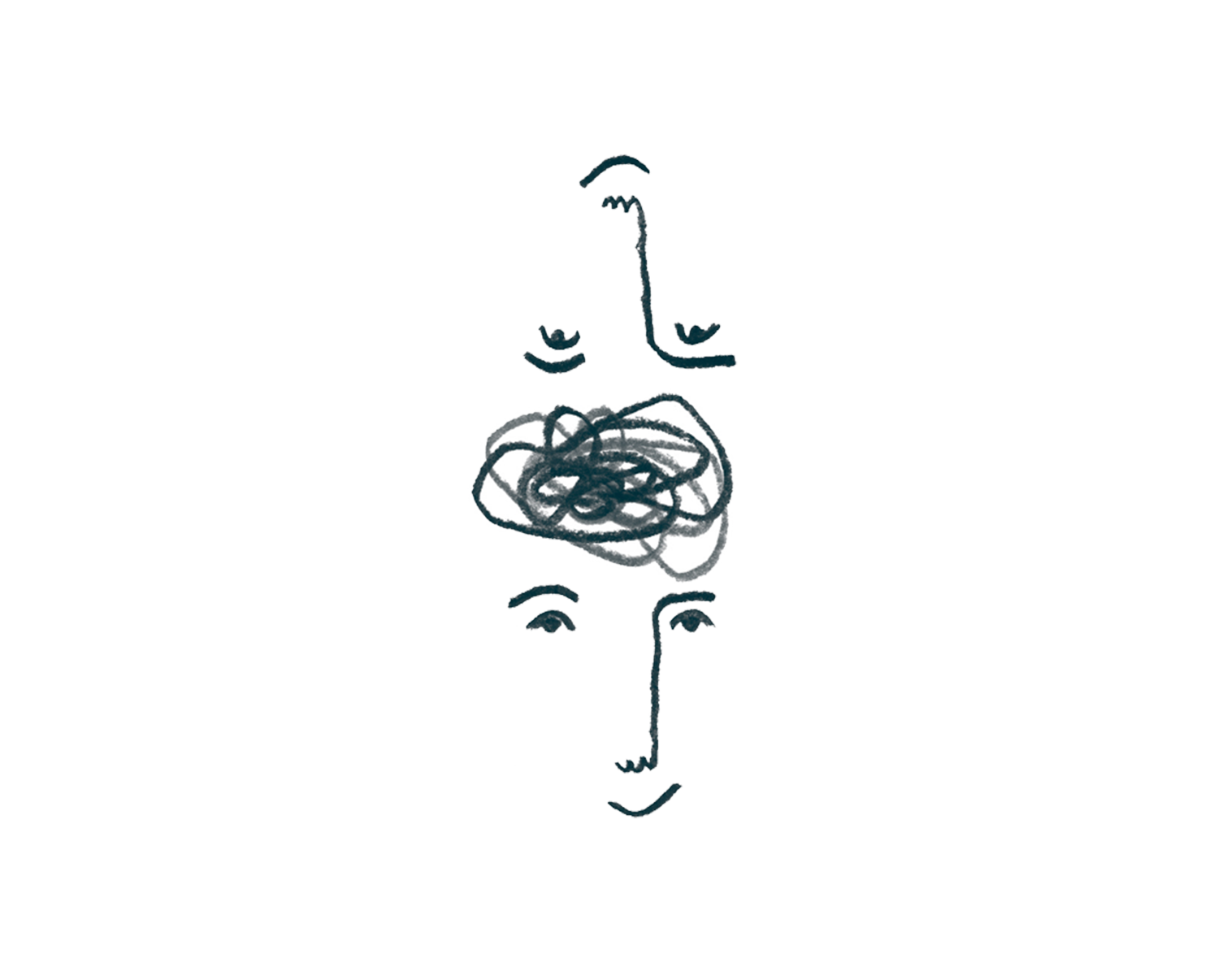Timely advice - remote working from the trenches
Agile Coaching, Remote and Hybrid Working.
Mar 22, 2020 · Tony O'Halloran


Many organisations and teams around the world are currently figuring out what a distributed world looks like for them, and if having and supporting great agile teams remotely is even possible. The good news is “YES, it absolutely is, but it takes deliberate thought and effort”.
Timely is a NZ-based company that creates beautiful appointment booking software; a few years ago we worked with them to transition to distributed teams and instil an agile way of working. Timely is a people-centric company with flexibility built into its DNA. Since their inception, they have supported teams where not everyone is in the same location. They’ve proven that it’s possible to create and maintain healthy teams while not being co-located.
Work and life are complementary rather than competing priorities. Technology has erased the hard lines between work and life, and we embrace that.
This blog is co-written with Justin Hewitt the Head of Delivery at Timely, who was instrumental in shifting towards an agile way of working there.
These are the things Justin and Timely have learned about supporting and being a part of distributed teams:
Autonomy + trust
It goes without saying that your Agile teams should by default be trusted and autonomous. When you add remote working into the mix the lack of visibility of people actively typing at keyboards and sitting in meeting rooms can cause managers to want to interrogate teams more closely about what they are doing.
If you find yourself going down this rabbit hole put the brakes on!
Asking teams to make sure their team boards are current and up-to-date is fair enough but asking them to provide an hour by hour breakdown of how they plan to spend their days is not.
If you’re part of a team that’s practicing remote working, trust is just as important. You lose the normal physical visual cues we’re all accustomed to from interacting face-to-face. Remind yourself to assume positive intent in the actions and words of your team members.
It’s all too easy to read something into the tone of an email or an errant emoji in Slack. Accept that sometimes information will get lost or someone will get accidentally left out of a decision. It happens and it’s generally not due to malice.
Flexibility with tools + approaches
Everyone has a favourite tool to do X job and their reasons for liking it are sometimes highly personal. Giving teams the opportunity to try out different tools to run aspects of their team should be encouraged. So should the ability for them to feed into alternative processes for how they work (Kanban, Scrum, Slack thread vs video stand ups etc). If teams are new to remote working it is going to take them a while to figure out what works best for them and having them actively engaged in selecting tools + processes is one way of ensuring they buy into the end result.
It’s important to be deliberate about evolving the way you communicate and the tools you use. Learn what works for your team and those that interact with you. At Timely we have teams set themselves quarterly objectives around how they improve their agile approach. This covers things like team processes, experimentation and using data to make decisions. Be intentional about evaluating what works and what doesn’t.
Demos
Most teams love showing off the work they have been doing to a wider audience and we run two Zoom based formats for this - one company wide and one more tech focused. This gives all team members a chance to celebrate things they have done at both the functional/product level as well as the more nuts + bolts level of how something was built. The tech focused demos also provide a great way to share learnings around new technology being introduced into the platform.
Remote takes commitment
It is not specific to Agile teams but remote working in general that it takes some extra effort. You need to build rapport with colleagues when working virtually, learning how to have free flowing conversations without talking over each other and fill in the gaps where you would normally pick up on nuance and body language in person. Recognise this is the case, not just for you but for everyone in the team. Then, consciously focus on reducing the friction. This can lead to a great conversation to have within any team.
Having been working remotely for over 7 years now I can honestly say that it does get easier.
Take a look at this great blog post from Ryan our CEO on his take on remote working.
Tune out + drop in
For anybody that gets the pop culture reference on this tip, I salute you! We use Slack as our primary communication tool for our Agile teams. We are a company of around 100 people and we have over 200 public Slack channels. Our Agile teams typically have a single public team channel for in team communications while communicating with stakeholders via separate channels dedicated to specific pieces of functionality, some teams also run a private team channel.
At a recent company event we drilled into what drove the use of private channels and had comments like this "Our team has 5 members but our team channel has 85 members, if we want to chat about the weather we don't want 85 people watching us do that". The idea that it is OK to join a channel for a specific time period (minutes, hours or days) then leave when you are done is of high value in reducing Slack "noise" for individuals but also in reducing the "lurker" concern for active participants in channels. We haven't yet implemented this but have discussed doing an eviction day event for team channels at some stage to reduce the "lurker" count.
Make time for personal connections
When you’re distributed, you lose the ability to accidentally bump into people at the coffee machine or ask about someone’s weekend when they’re sitting next to you. Those personal connections are important. It’s easy for empathy to dwindle unless they’re kept healthy. At Timely our teams have tried a few things:
- Some teams have a dedicated social hangout each week. Some teams just chat while other play collaborative games
- Across the whole business we use randomised pair chats each week to encourage people to chat and get to know each other. We use Slack so there’s a handy plugin called Donut that lets us do this.
- Almost all of the meetings we have start with a small amount of dedicated "banter time". This has become so valuable that if this gets missed people are likely to call it out. This is a great way to break the ice with a remote audience
-----------
What’s missing? We’d love to know what works for your team and organisation in the comments below!